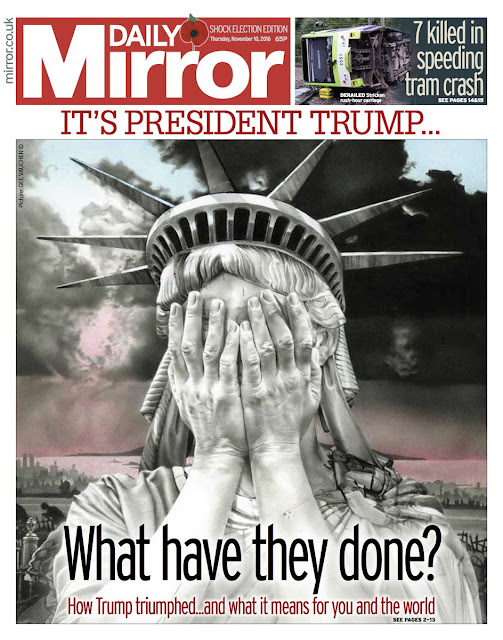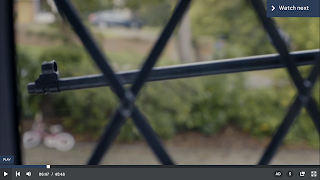Ideology and Representation in Newspapers
"NEWSWORTHINESS" - the process of selection which stories to include
!!!IF IT BLEEDS IT LEADS, IF ITS GORY ITS GONNA GET A STORY!!!
Broadsheet newspapers are traditionally large newspapers and not only this but there is a lot more information within it which covers more formal topics such as politics or international affairs. These would be more for the middle class.
Tabloids include more photographs and many more stories that involve common celebrities and 'normal' people. They are often called "red top" newspapers, and are aimed at a target audience of the middle class.
Intertextuality - where a media product makes sense only through its references to other media products, such as where the Simpsons often take elements from other texts and put them into their own. Barthes also referred to this process as referential codes.
LEFT = EQUALITY
RIGHT = INDIVIDUALITY
!!!IF IT BLEEDS IT LEADS, IF ITS GORY ITS GONNA GET A STORY!!!
Broadsheet newspapers are traditionally large newspapers and not only this but there is a lot more information within it which covers more formal topics such as politics or international affairs. These would be more for the middle class.
Tabloids include more photographs and many more stories that involve common celebrities and 'normal' people. They are often called "red top" newspapers, and are aimed at a target audience of the middle class.
Intertextuality - where a media product makes sense only through its references to other media products, such as where the Simpsons often take elements from other texts and put them into their own. Barthes also referred to this process as referential codes.
In this front cover, we can see that mise en scene has been used in order to show the way that the world is going into apocalypse. There are also connotations of war, due to the black smoky sky and the way that a war may happen (proairetic codes). The statue of liberty is also reminiscent of the weeping angels from Doctor Who or even films like Cloverfield. Another striking element of this is the hands, which could show that she is ashamed. The speeding tram article in the skyline could also connote to more disaster, as the world may be going down the drain, as well as this the word "speeding" creates more excitement, showing how their deaths could've been presented and that the story would be boring otherwise.
- 'Newspapers are politically biased' - this is true, due to the fact that the journalists will have their own views and therefore present them. However, it could challenge someones own views. If there is a political bias, then that shouldn't be there, however it can come through. In the UK, TV should be apolitical. In America, political viewpoints can be displayed however these are paid via sponsors not taxpayers.
- 'Newspapers generally appeal to older audiences' - generally true.
- 'Newspapers tend to offer a very negative view on the world' - the bad news is always included because without it then people wouldn't really want to read the paper.
Ideology - it is a system of ideals and beliefs, however it is also often used to describe the way that those in power use their power to distort meaning. An ideology can be used to normalise the dominant ideas of the ruling classes.
Generally, a newspaper would generally have either Left or Right Wing ideologies. Left Wing politicians are people who believe in equality, and things such as the NHS and Job Seeker's allowance. An example of left wing would be the Labour party. They also believe in free education. Right Wing politicians are people who believe that you should earn the things you want, such as education and healthcare, and should pay for it. They believe in the fact that we should have the right to succeed over equality. An example of a right wing party would be UKIP.
LEFT = EQUALITY
RIGHT = INDIVIDUALITY




Comments
Post a Comment